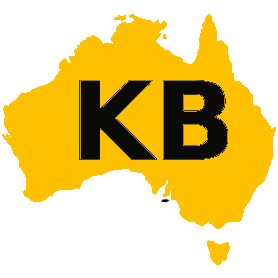A financial capitalisation threshold or asset recognition threshold is a dollar amount below which expenditure is treated as recurrent expenditure, even if it associated with an activity that is typically capital in nature.
The Australian Infrastructure Financial Management Guidelines use the terms capitalisation threshold and capitalisation policy theshold interchangeably, and define the former as "the value of expenditure on non-current assets above which the expenditure is recognised as capital expenditure and below which the expenditure is charged as an expense in the year of acquisition."
Queensland
Section 43 of the Queensland Local Government Finance Standard 2005 states that:
(1) A local government must, by resolution, set an amount (the set amount) below which the value of a non-current asset must be treated as an expense.
(2) The set amount must not be more than—
_(a) for land—$1; or
_(b) for plant or equipment—$5000; or
_(c) for another type of asset—$10000.
(3) The set amount may be a different amount for different assets, even if the assets are the same type.
_Example for subsection (3)—
_._1. For plant or equipment—the set amount for motor vehicles may be $5000 while the set amount for computers may be $1000.
_._2. For other types of assets—the set amount for a building may be $5000 while the set amount for a pump station or other infrastructure may be $10000.
(4) The set amount must be included in a note in the local government’s financial statements.”
Victoria
Section 2.1.2 of the Accounting for non-current physical assets under AASB 116 notes that it is common practice to "establish a dollar amount as a materiality or capitalisation threshold for each class of asset. Where the cost of an asset or a component of an asset falls below this threshold it is expensed." and that "What is 'material' is detailed in AASB 1031 - Materiality."
It is a decision for each entity based on its own financial position and operating results. It is not appropriate therefore to specify a common threshold to apply to all local governments or even for one local government to use the same threshold each year without reconfirming its relevance and suitability.
Related Pages
External Links & References
- Non-Current Asset Policies for the Queensland Public Sector
- Google Search (Financial Capitalisation Threshold)
- Google Search (Asset Recognition Threshold)
- AASB 1031 - Materiality
- Accounting for non-current physical assets under AASB 116 - Local Government Victoria (2006)
